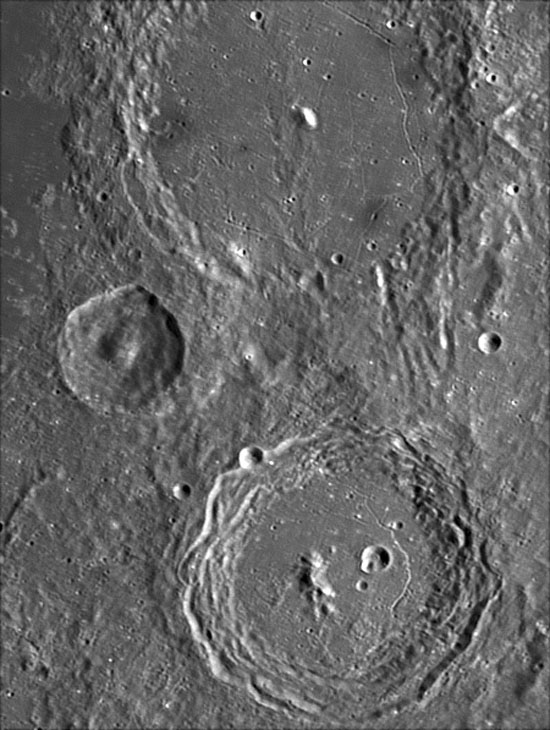Difference between revisions of "February 26, 2010"
| Line 6: | Line 6: | ||
<td><!-- ws:start:WikiTextLocalImageRule:24:<img src="/file/view/LPOD-Feb26-10.jpg/123241961/LPOD-Feb26-10.jpg" alt="" title="" /> -->[[File:LPOD-Feb26-10.jpg|LPOD-Feb26-10.jpg]]<!-- ws:end:WikiTextLocalImageRule:24 --><br /> | <td><!-- ws:start:WikiTextLocalImageRule:24:<img src="/file/view/LPOD-Feb26-10.jpg/123241961/LPOD-Feb26-10.jpg" alt="" title="" /> -->[[File:LPOD-Feb26-10.jpg|LPOD-Feb26-10.jpg]]<!-- ws:end:WikiTextLocalImageRule:24 --><br /> | ||
</td> | </td> | ||
| − | <td><em>image by [mailto:TWILIGHTALLEHOUSE@hotmail.es | + | <td><em>image by [mailto:TWILIGHTALLEHOUSE@hotmail.es Israel Tejera Falcón], Vecindario, Las Palmas (Canary islands), Spain</em><br /> |
<br /> | <br /> | ||
| − | This gray tones of this image remind me of the hues of the nearly 100 year old <em>Paris Atlas</em> prints. But I doubt that those photographers ever dreamed that a lunar image could be this good. In this, his first submission to LPOD, Israel demonstrates the value of high resolution, high Sun imaging. The floor features of Alphonsus and Arzachel are well known from lower illumnation [http://www.lpod.org/?m=20060916 | + | This gray tones of this image remind me of the hues of the nearly 100 year old <em>Paris Atlas</em> prints. But I doubt that those photographers ever dreamed that a lunar image could be this good. In this, his first submission to LPOD, Israel demonstrates the value of high resolution, high Sun imaging. The floor features of Alphonsus and Arzachel are well known from lower illumnation [http://www.lpod.org/?m=20060916 views], and here when the Sun is higher in the sky, some of the remaining details become visible. For example, the largest crater, A, on the floor of Arzachel has an off-center peak on its floor that generally isn't visible because of shadowing. This lighting also makes me wonder about the 3-5 crater-long chain at the 5 o'clock position on the rim of Alphonsus. It looks like the chain - secondaries from the formation of the Imbrium Basin - originally may have continued northward, but is now covered by the smooth material on the crater's floor. If that is true, then the floor material was emplaced after the Imbrium sculpture. Of course, it may simply have been only a few minutes later, a slower surge of fluidized debris.<br /> |
<br /> | <br /> | ||
| − | <em>[mailto:tychocrater@yahoo.com | + | <em>[mailto:tychocrater@yahoo.com Chuck Wood]</em><br /> |
<br /> | <br /> | ||
<strong>Technical Details</strong><br /> | <strong>Technical Details</strong><br /> | ||
| Line 22: | Line 22: | ||
<br /> | <br /> | ||
<hr /> | <hr /> | ||
| − | <div>You can support LPOD when you buy any book from Amazon thru [http://www.lpod.org/?page_id=591 | + | <div>You can support LPOD when you buy any book from Amazon thru [http://www.lpod.org/?page_id=591 LPOD!]<br /> |
</div> | </div> | ||
---- | ---- | ||
===COMMENTS?=== | ===COMMENTS?=== | ||
| − | + | Register, and click on the <b>Discussion</b> tab at the top of the page. | |
Revision as of 17:16, 11 January 2015
Lighting Tales
 |
image by Israel Tejera Falcón, Vecindario, Las Palmas (Canary islands), Spain
|
COMMENTS?
Register, and click on the Discussion tab at the top of the page.



